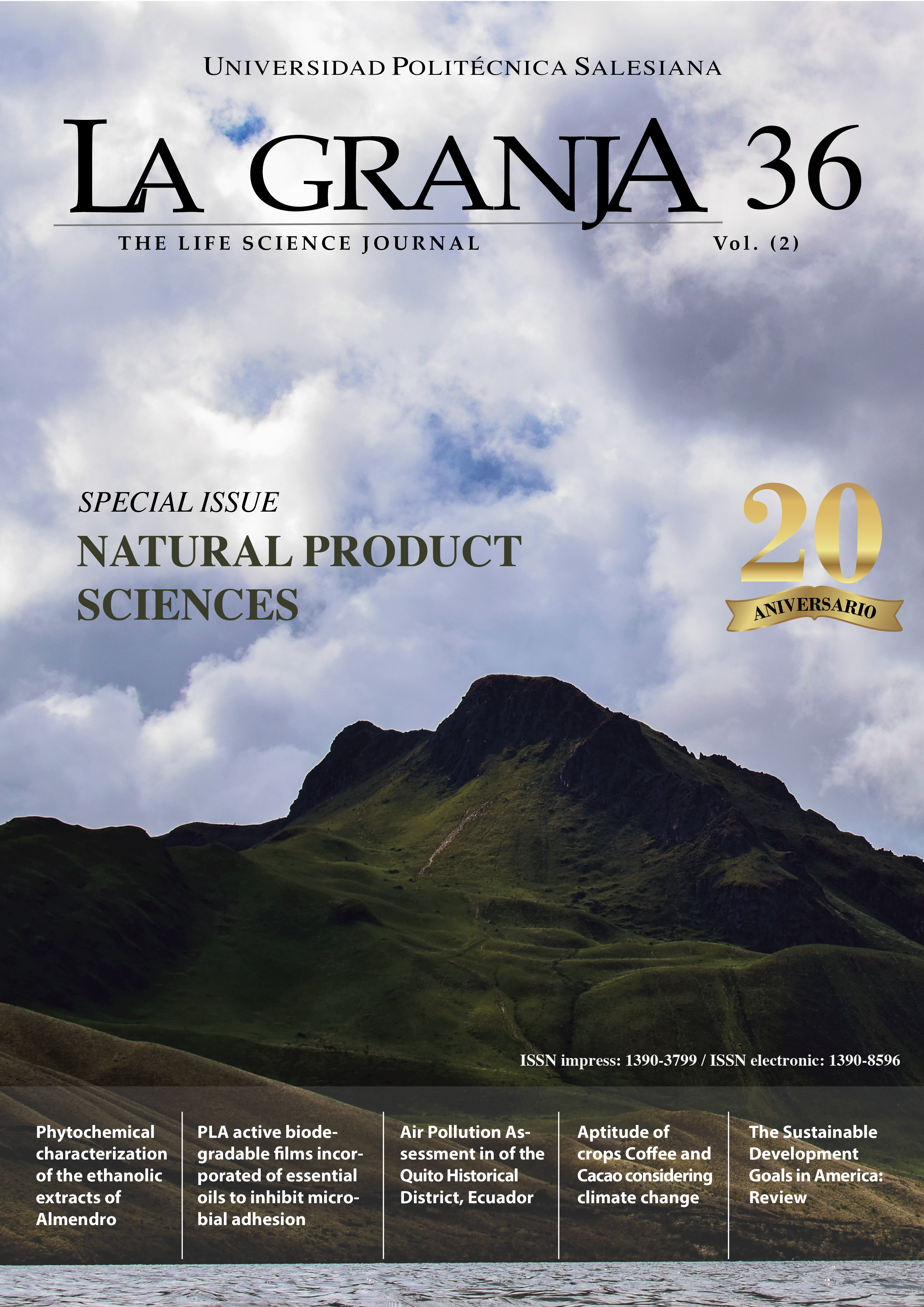This is an outdated version published on 2022-06-06. Read the most recent version.
Risks of chemical contamination in milk and its derivatives
Main Article Content
Abstract
Milk is a complete and balanced food that with its dairies represent important components of a healthy diet for the population, since they provide proteins, lipids, carbohydrates, vitamins, minerals and bioactive compounds. However, these foods are susceptible to contamination by a wide variety of chemical products, whose presence beyond certain established legal limits determines a chronic intake of small doses of these compounds. By accumulating in the body, and depending on their toxicity, they have the potential to cause serious affections in various organs and systems, constituting a major public health problem. This review seeks to describe the entry of chemical contaminants (aflatoxins, veterinary drug residues, dioxins, polychlorinated biphenyls, dioxin analogues, disinfectants and detergents) into the food chain, as well as the potential effects on consumer health, the Maximum Residue Limits of these contaminants established for bovine milk and the most frequent methods used for their detection. Based on this, measures are proposed to avoid this type of contamination in dairy products, whose quality is closely related to the conditions of the surrounding environment, associated with anthropogenic activities, agricultural practices, animal production and processing conditions.
Article Details
Section
Scientific Article

This work is licensed under a Creative Commons Attribution-NonCommercial-ShareAlike 4.0 International License.
Universidad Politécnica Salesiana of Ecuador preserves the copyrights of the published works and will favor the reuse of the works. The works are published in the electronic edition of the journal under a Creative Commons Attribution/Noncommercial-No Derivative Works 3.0 Ecuador license: works can be copied, used, disseminated, transmitted and publicly displayed.
The undersigned author partially transfers the copyrights of this work to Universidad Politécnica Salesiana of Ecuador for the printed edition.

